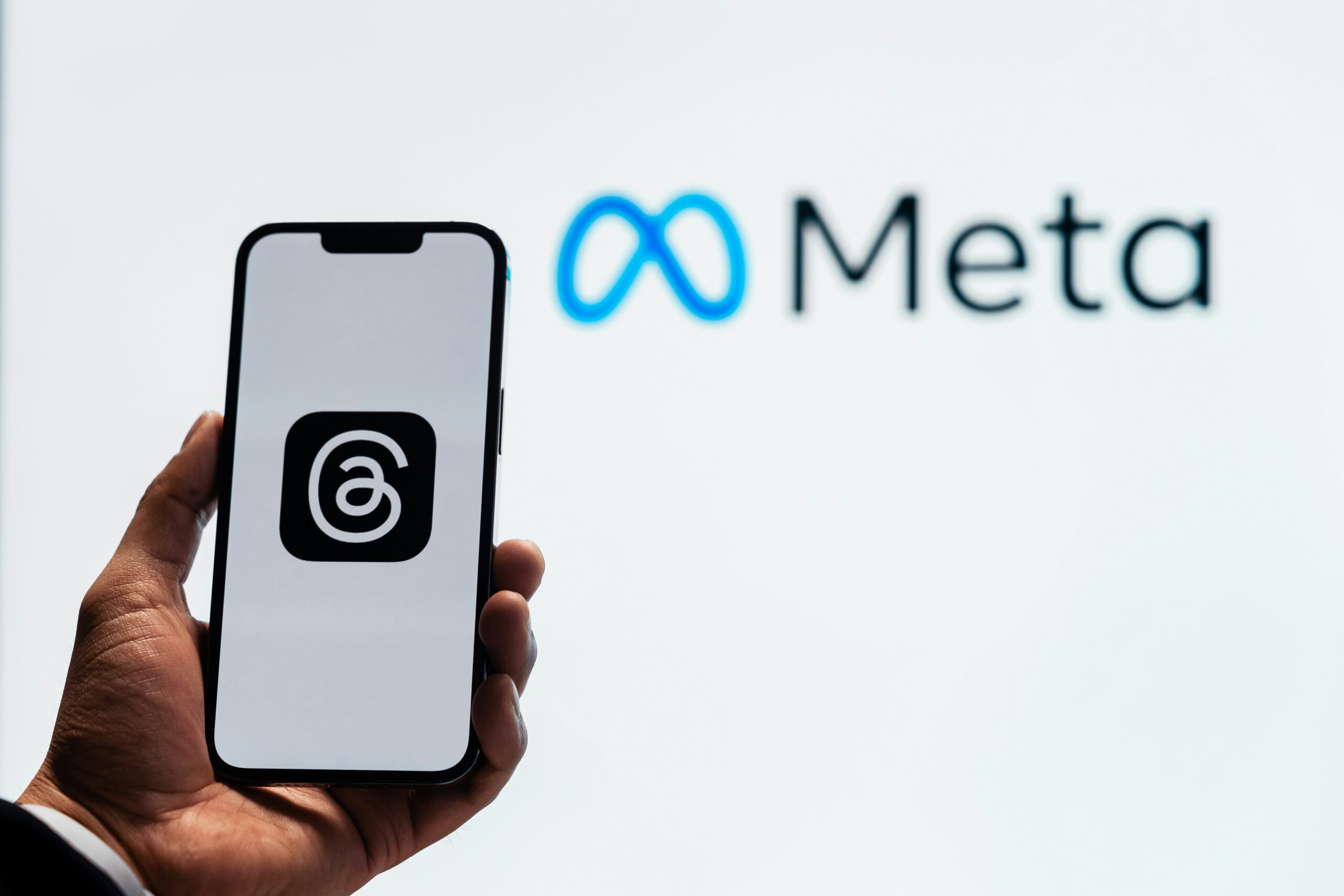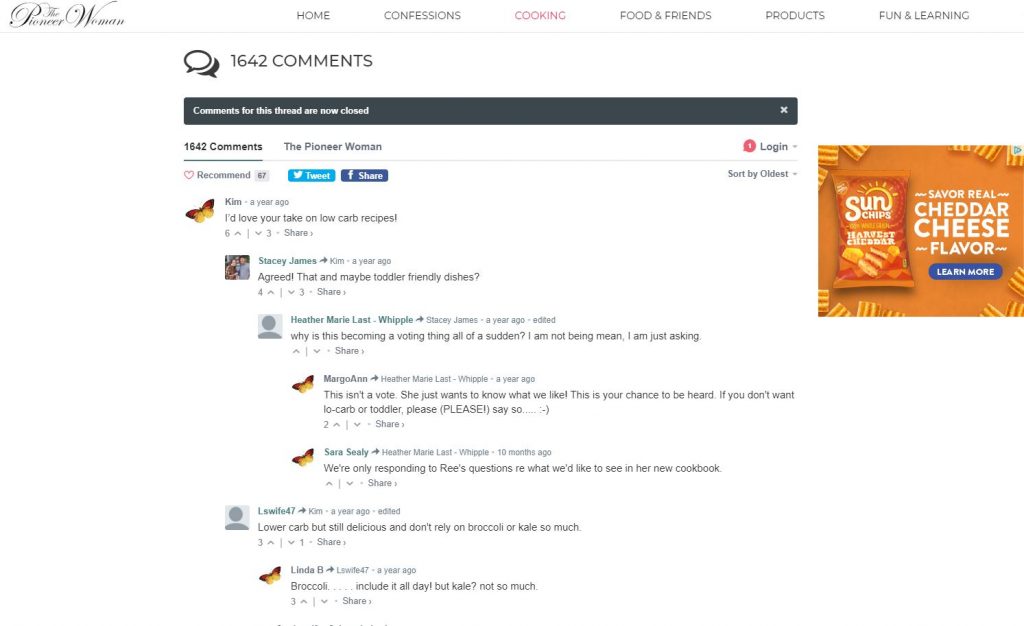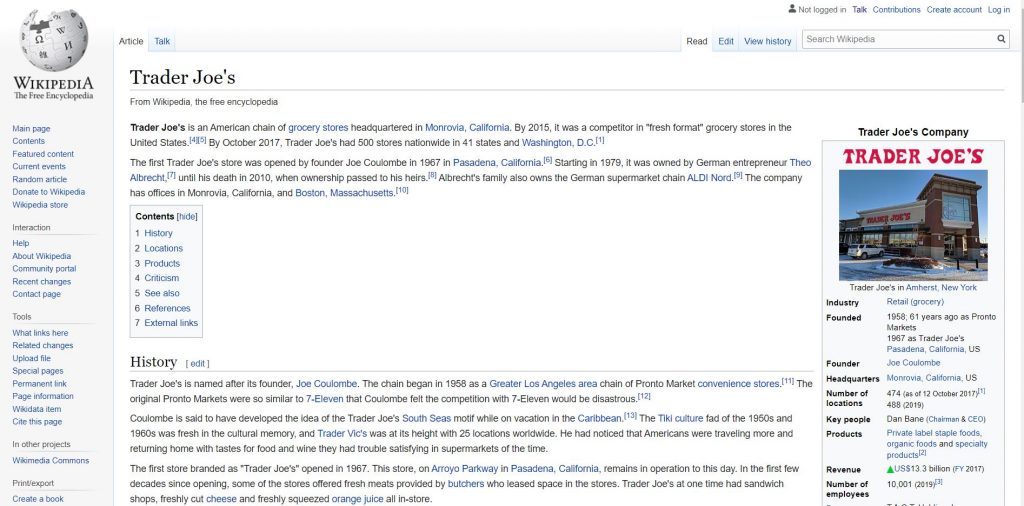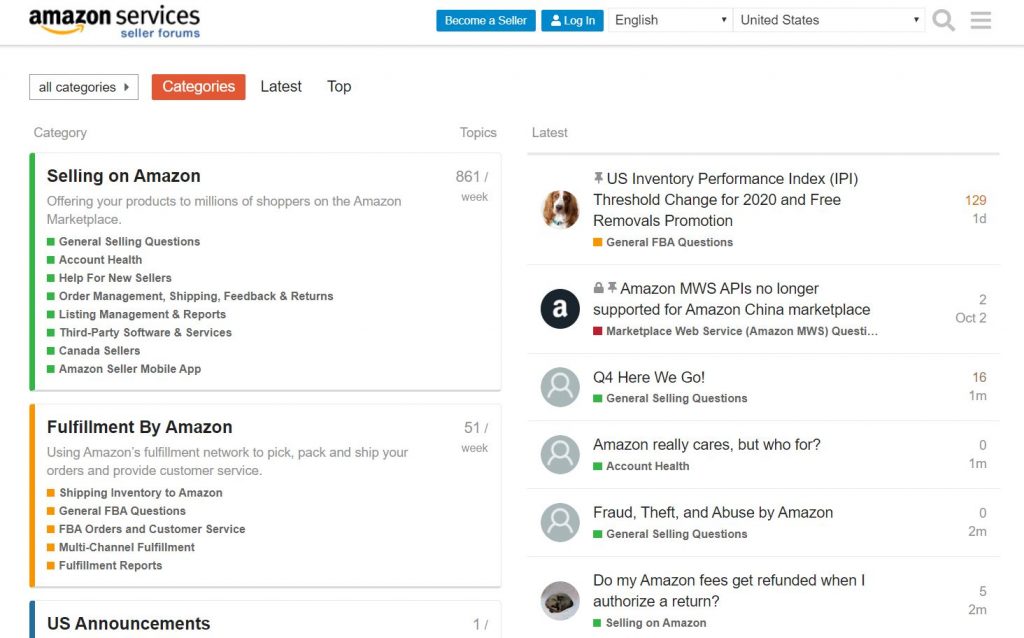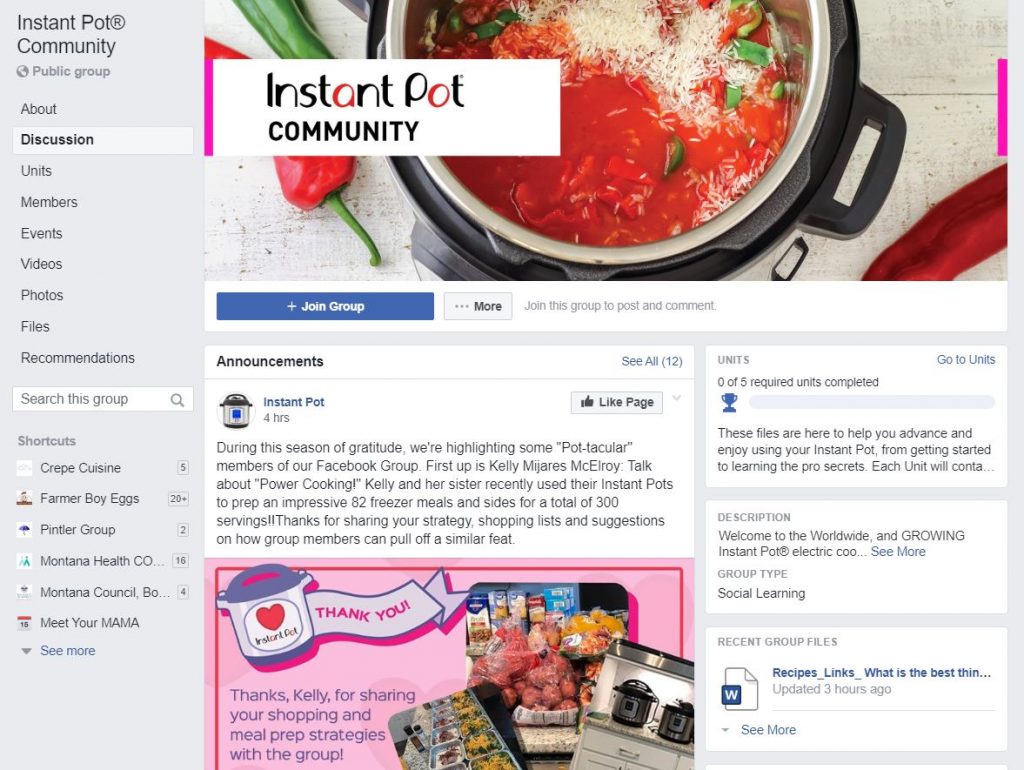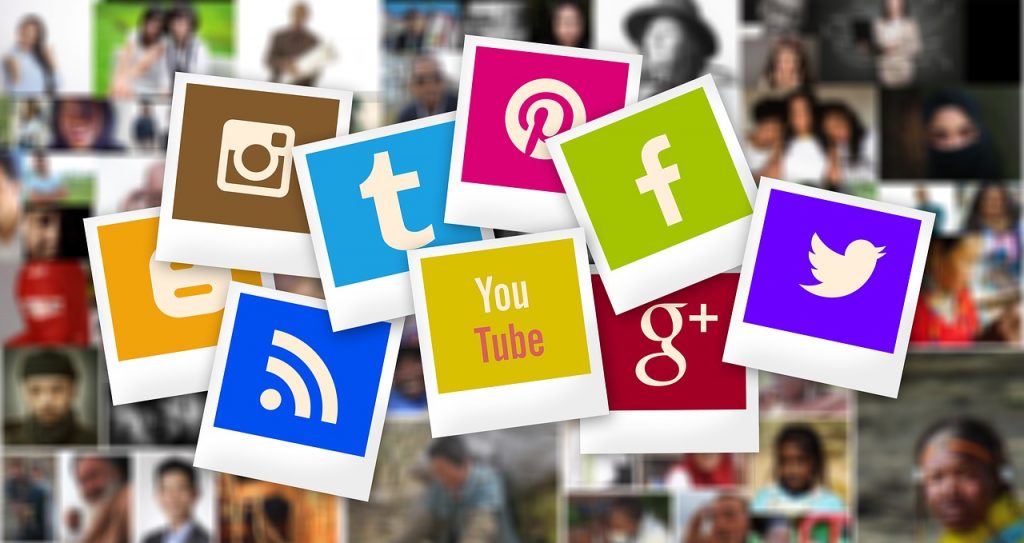When building a campaign in Facebook Ads Manager, one of the key steps is deciding where your ads will show up, and therefore, where they’ll be seen. This is called ad placement, which refers to where your ads appear across Meta technologies.
In Ads Manager, Meta gives you two options: Advantage+ Placements and Manual Placements. Let’s break down what each of these means and what components we consider when selecting placements for a campaign.
Advantage+ Placements
(formerly known as Automatic Placements)
This is the default setting in Ads Manager. By choosing Advantage+ Placements, you’re letting Facebook’s delivery system decide how to distribute your budget across placements. Their goal? To serve your ads where they’re most likely to perform well and give you the lowest overall cost per optimization event.
Pros:
- Easy to use
- Quick setup
- No need for in-depth analysis
- Facebook does the heavy lifting
Cons:
- You give up control
- You can’t specify where your ads appear
- No way to guide or suggest preferred placements
Manual Placements
As the name suggests, Manual Placements let you choose exactly where your ads are shown, both which platforms (like Facebook, Instagram, Messenger, etc.) and where within those platforms (like Feed, Stories, or Reels).
Pros:
- Full control over where your ads appear
- Align your budget with audience-specific placements
- Provides precision
Cons:
- More time-consuming to set up
- Requires deeper knowledge and strategy

Choosing a Placement Strategy: Advantage+ vs. Manual
At Pintler Group, we pride ourselves on knowing our clients and understanding where their audiences spend the most time. For example, when working with a concert venue, we recognize that the target audience skews younger and that video content performs well. In this case, we focus our placements on Instagram, especially in areas like Reels and Stories. Conversely, when working with real estate agents, we know their audience tends to be older and more active on Facebook. That’s why we prioritize Facebook placements over options like Threads, Messenger, Audience Network, or Instagram.
Because of this, we often rely on manual placements to ensure we’re delivering ads in the most effective spots.
However, that doesn’t mean Advantage+ Placements are the wrong choice, especially if you’re new to marketing or still learning about your audience. Advantage+ can be a great starting point while you gather performance data and insights.
High-Impact Manual Placements to Prioritize
After choosing manual placements, you’ll see 23 different options across the following categories: Feeds, Stories and Reels, In-Stream Ads (for videos and reels), Search Results, Messages, and Apps and Sites.
With 23 placements to choose from, there’s plenty of opportunity to experiment. We recommend testing different placements and reviewing your reports to see where your ads receive the highest engagement and conversion rates.
That said, here are a few placements we suggest starting with:
Feed Placements: Core Visibility Across Platforms
- Facebook Feed
- Instagram Feed
- Instagram Explore
These placements are great because they’re high-traffic areas where users naturally spend their time. Feed placements sit at the core of both Instagram and Meta platforms, allowing your content to blend seamlessly with organic posts, making it feel more native and less disruptive.
Instagram Explore is especially valuable, as it reaches users who are actively seeking new content. This means your ad is shown to an audience that’s open to discovery and more receptive to engaging with new information.
We prioritize Instagram Explore over Instagram Explore Home because Explore Home displays your ad in a smaller grid format, while Instagram Explore shows your ad at full size as users scroll, giving it more visibility and impact.
Stories & Reels: Full-Screen, High-Engagement Formats
- Instagram Stories
- Facebook Stories
- Instagram Reels
- Facebook Reels
These placements are ideal for mobile users and visually driven audiences. Stories and Reels offer a full-screen, immersive experience that integrates seamlessly into the user’s content journey. These formats are especially effective for video content, particularly Reels, where users are actively seeking out video. In this environment, video consistently drives higher engagement rates compared to static images, making it a powerful format for capturing attention and encouraging interaction.
We prioritize these placements because they consistently deliver strong performance across a wide range of industries. While other options like Messenger or Audience Network can work in specific cases, these core placements are often the best starting point when testing ad performance.

Final Thoughts
Choosing the right ad placements can significantly impact your campaign’s performance. Whether you start with Advantage+ for ease or dive straight into manual placements for more control, understanding how and where your audience engages is key. At Pintler Group, we lean into manual placements because they allow us to be intentional, data-driven, and strategic.
Don’t be afraid to test, learn, and repeat. Placements aren’t one-size-fits-all—what works great for one campaign or audience might fall flat for another. Keep experimenting, keep learning, and let the results guide your next move.

